What will Covid-19 mean for Technology Enhanced Learning in our beloved FE sector?
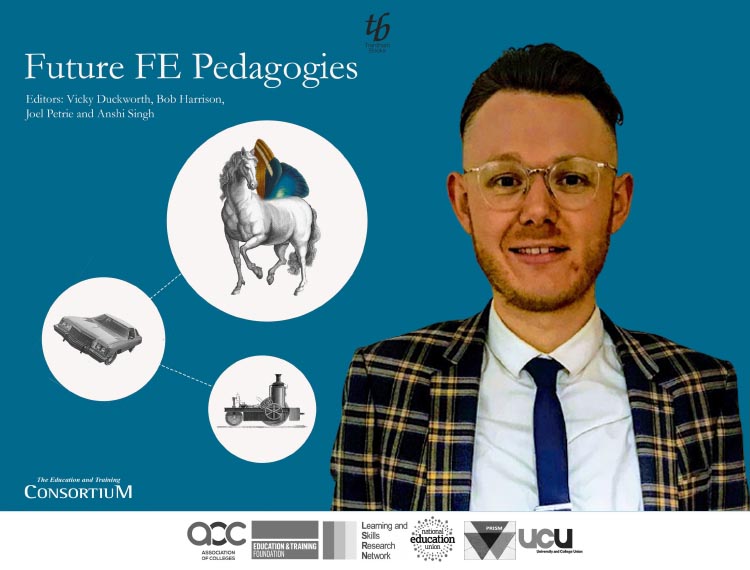
The Reality of FE #TEL Post-Covid-19: Thoughts from the bike by an FE Teacher Educator
What will Covid-19 mean for TEL (Technology Enhanced Learning) in our beloved FE sector? Well the truth is, no one really knows.
This is a completely unprecedented, extraordinary, and unparalleled situation.
As an FE teacher educator, I am particularly curious on what digital pedagogy will look like when our Colleges reopen, our staff rooms are full, and our students are back in the F2F classroom (however long that may be).
Digital pedagogy can be defined as the approach and method of digital elements to change ways of delivering teaching and learning.
It is more than just the use of digital technologies and rather a more encompassing approach in how teaching practice is shaped, influenced and approached using digital elements.
One personal benefit that has come from the lockdown is the chance to get out on my road bike more and this is often the time I reflect and consider what TEL will look like.
Strangely, cycling and using TEL actually have some similarities:
The inexperienced need some support at first, the more you do it, the better (and faster) you get, and both help keep the world green.
Please forgive me for using a couple of cycling analogies here!
Personal Bests
Many educators have been thrust into an unknown reality, and after the initial pandemonium, have become dependent on TEL. Like riding without stabilisers for the first time, this can be daunting at first (and can result in a few falls) but as ever, the resilient FE workforce, can adapt and thrive.
The SAMR model provides a four stage TEL framework from Substitution (TEL acting as a direct substitute, with no functional change) to Redefinition (TEL allowing for the creation of new tasks, previously inconceivable) (See Figure 1).
Where many practitioners pre-Covid may have defaulted to the substitution stage, I like to believe we have seen examples of redefining learning as a result from having to change gear, trying something new and becoming more confident.
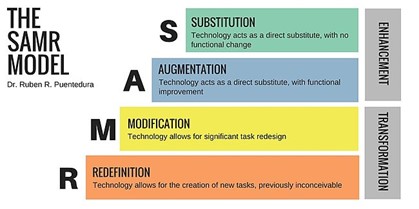
Figure 1: The SAMR Model
In cycling, riding with others is easier as you can share the workload, cover further distance, and learn from others and it is no different when in education.
Promoting group cohesion and opportunities for collaboration is something we emphasise in our teacher training courses but most teachers struggle to generate the same dynamic on their VLEs.
Moving from blended learning to interactive blended learning is a long-needed change, where practitioners create a bustling VLE with opportunities for connectivity, not just a content repository.
I have experienced teachers harnessing this in innovative ways, for example using discussion boards to enable reflection and creating online platforms for group work and believe this pedagogical change has been accelerated.
Flat Tyres
Unfortunately, these are inevitable along the journey. Some teachers have seemed less reluctant to embrace change and have regressed back to didactic teaching through tyring (sorry) lecture-style remote delivery. It seems peculiar to me that some teachers would never dream of delivering a full two-hour lecture in a F2F classroom, as it would not be reasonable to expect a learner’s attention span to last that long, but in contrast, are content with adopting this approach for online delivery.
Being in a sector which experiences change in policy perpetually, the FE workforce have become accustomed to adapting. Another concern is that some teachers will regress exactly to before and will not be willing to go through further change. They may not have embraced TEL and will go back to riding with stabilisers.
There are also potential potholes relating to security and infrastructure which may struggle to cope with the increased demand.
Finish Line
We will finish with a final important comparison. A saying in cycling is “no matter how slow you go, you are still lapping everybody on the sofa”. We know that TEL is crucial for preparing students for 21st century work and has a myriad of benefits.
I applaud those teachers, making positive change, trying new approaches, being innovative, and going out of their comfort zone, however small it is at first.
We will see whether the sector builds upon these foundations or if College’s put the brakes on TEL. Ultimately, we hope that post Covid-19 brings us more personal bests than flat tyres.
Jamie Heywood, Academic Developer, Anglia Ruskin University
This piece was originally written in July 2020.
Future FE Pedagogies – Vol 1 |
||
|
The Future FE Pedagogies journal was categorically not intended to be a ‘how to improve your e-learning skills’ guide – there are professional associations, websites and online materials fulfilling this function already. Rather, we aimed to provide for time poor colleagues a series of think pieces: nuanced analyses of the potentialities and challenges of TEL for our practice. |
||
| @AoCDavidH | ||
| @BobHarrisonEdu | ||
| @DrMattOLeary | ||
|
Free, easy and fit for purpose TEL: lessons learned the hard way by a non IT whizz |
Martin Compton |
@Mart_Compton |
|
Matt Gordon & Jan Calvert |
@mattgordonwfc @jancalvert |
|
| @eddieplayfair | ||
|
Ways of Engaging: some approaches to developing learning skills |
@duckett_ian | |
|
Howard Scott |
@HowardScott75 | |
|
Digital Practitioners creating “artfully-crafted, student-centred, learning experiences” |
Nigel Ecclesfield & Fred Garnett |
@Neecullompton |
|
Dave Cheseldine |
||
|
The Reality of FE TEL Post-Covid-19: Thoughts from the bike by an FE Teacher Educator |
Jamie Heywood |
@JamiewHeywood |
|
An open letter to the Secretary of State for Education: preparing FES teachers and trainers to ‘teach well’ in a digital world |
David Powell |
|
|
Conclusion |
Vikki Liogier |
|


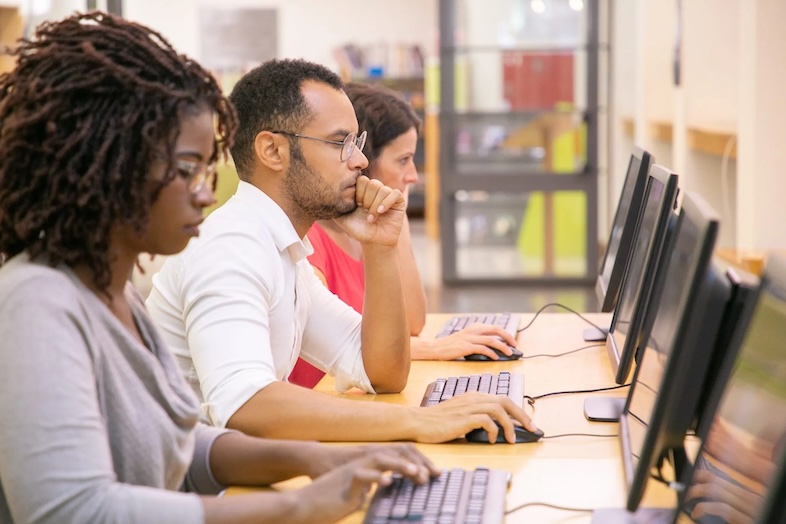


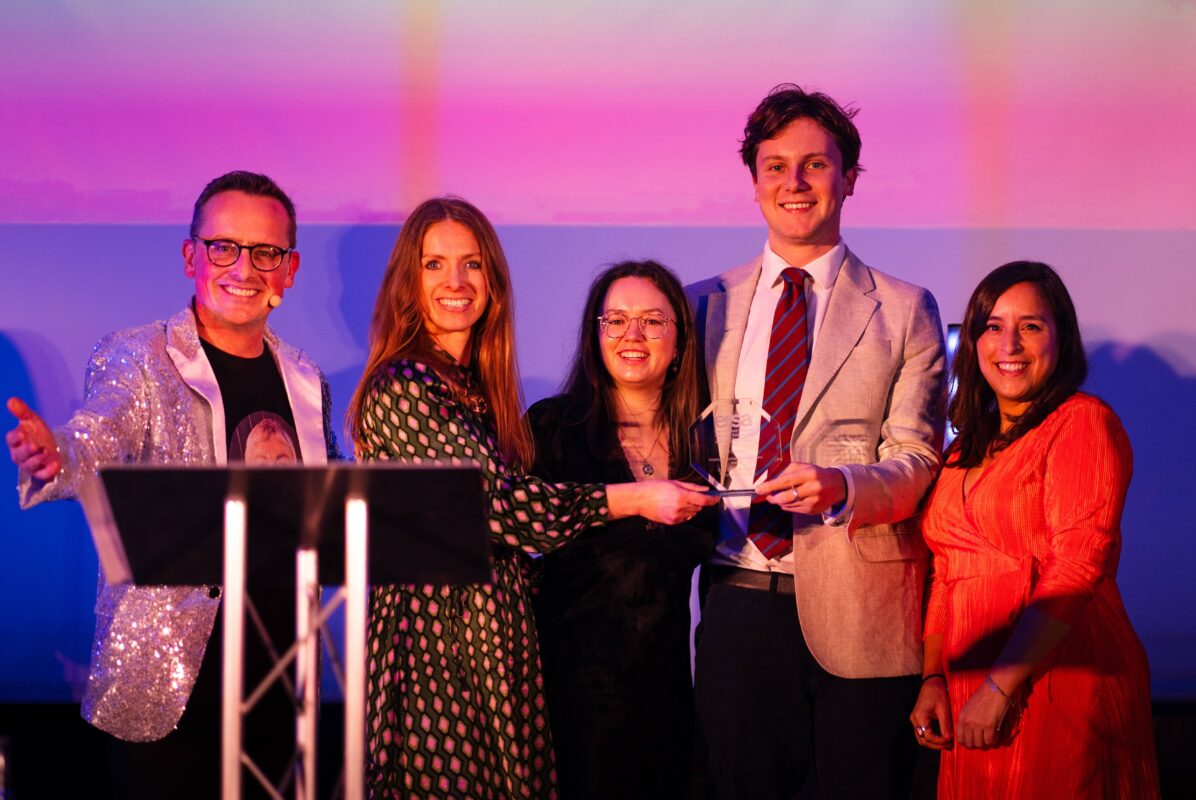

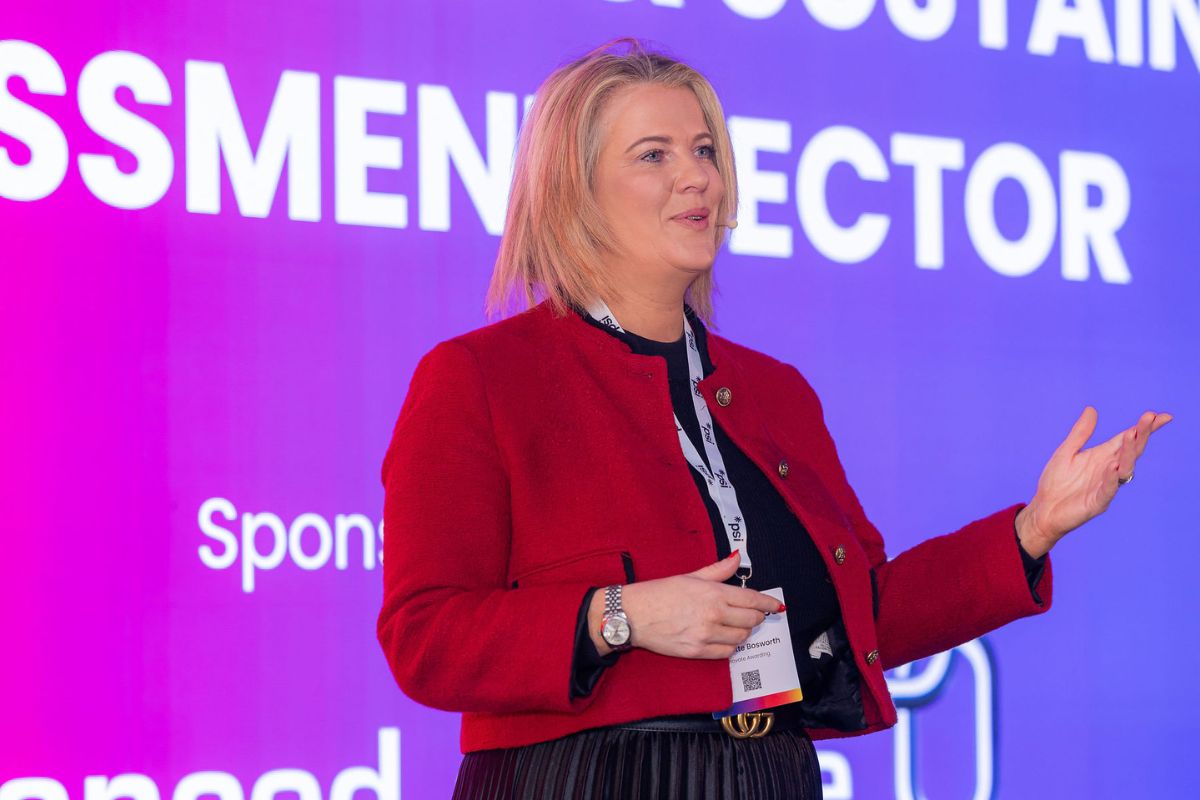

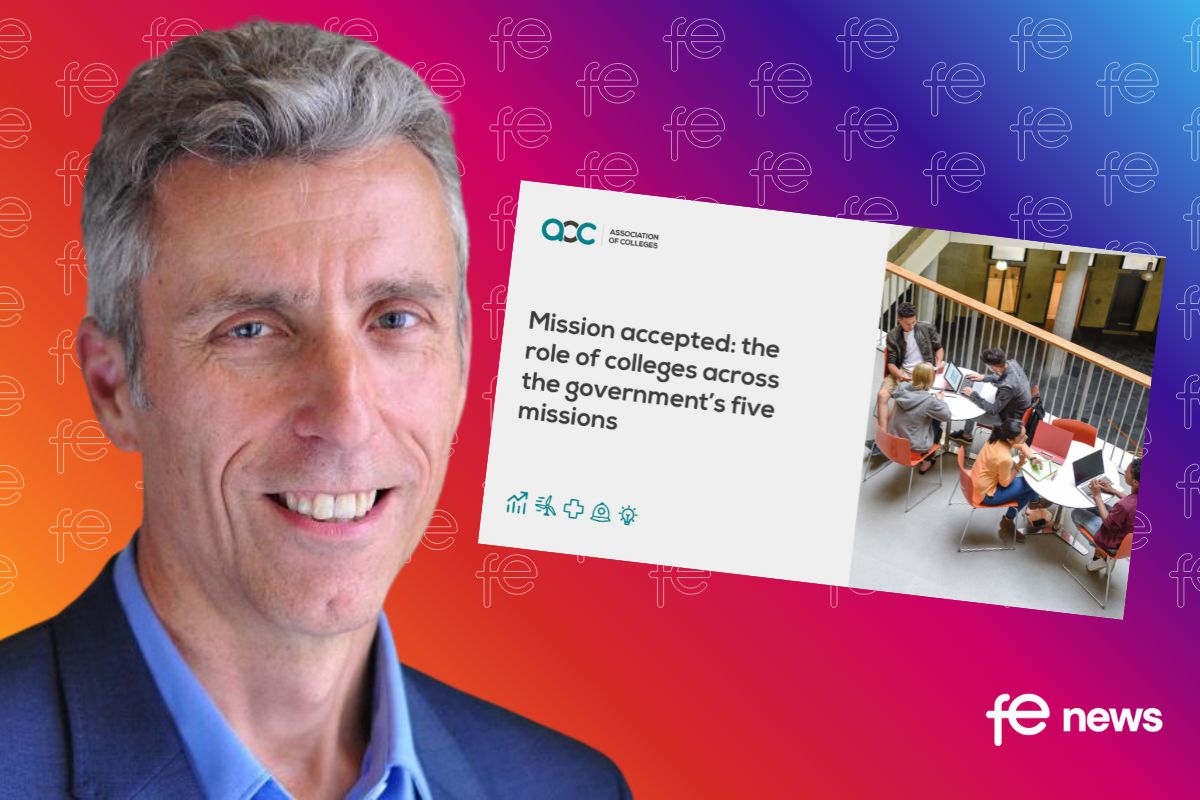

Responses